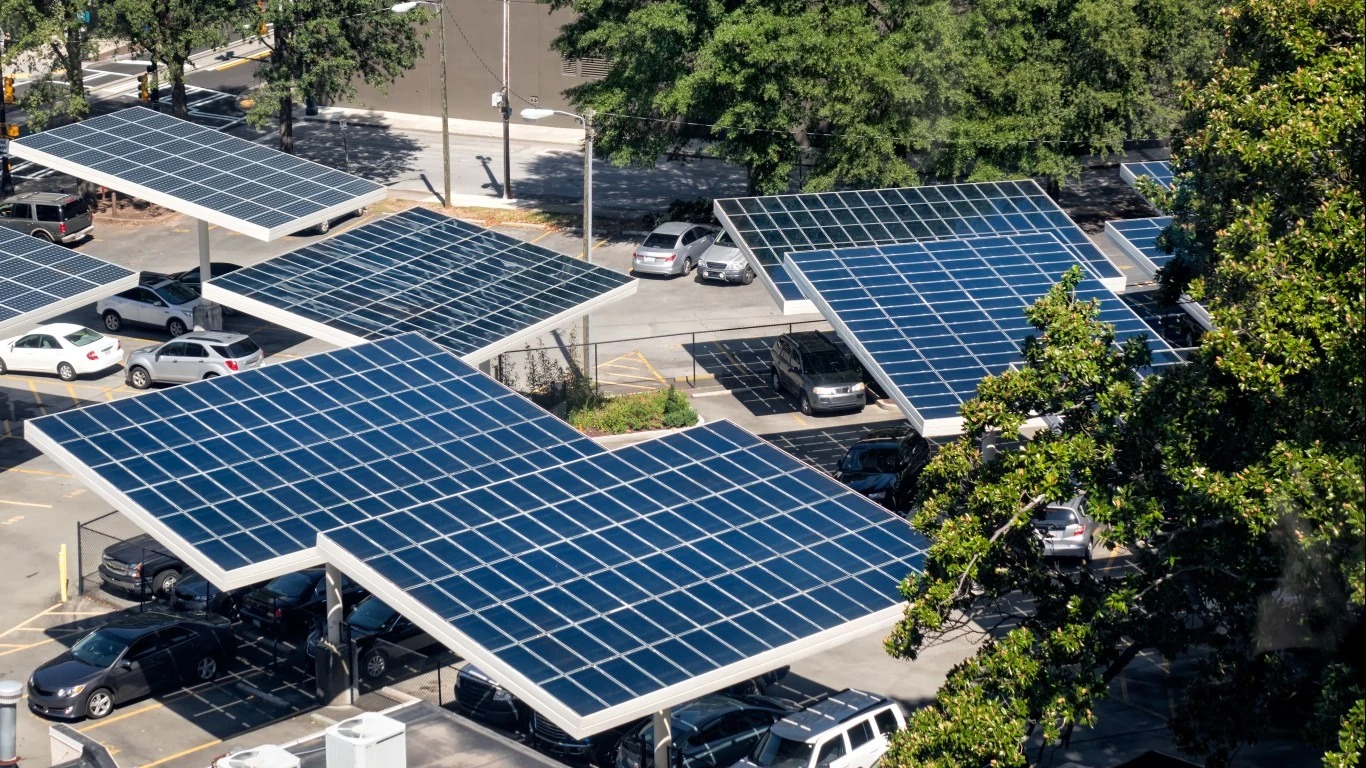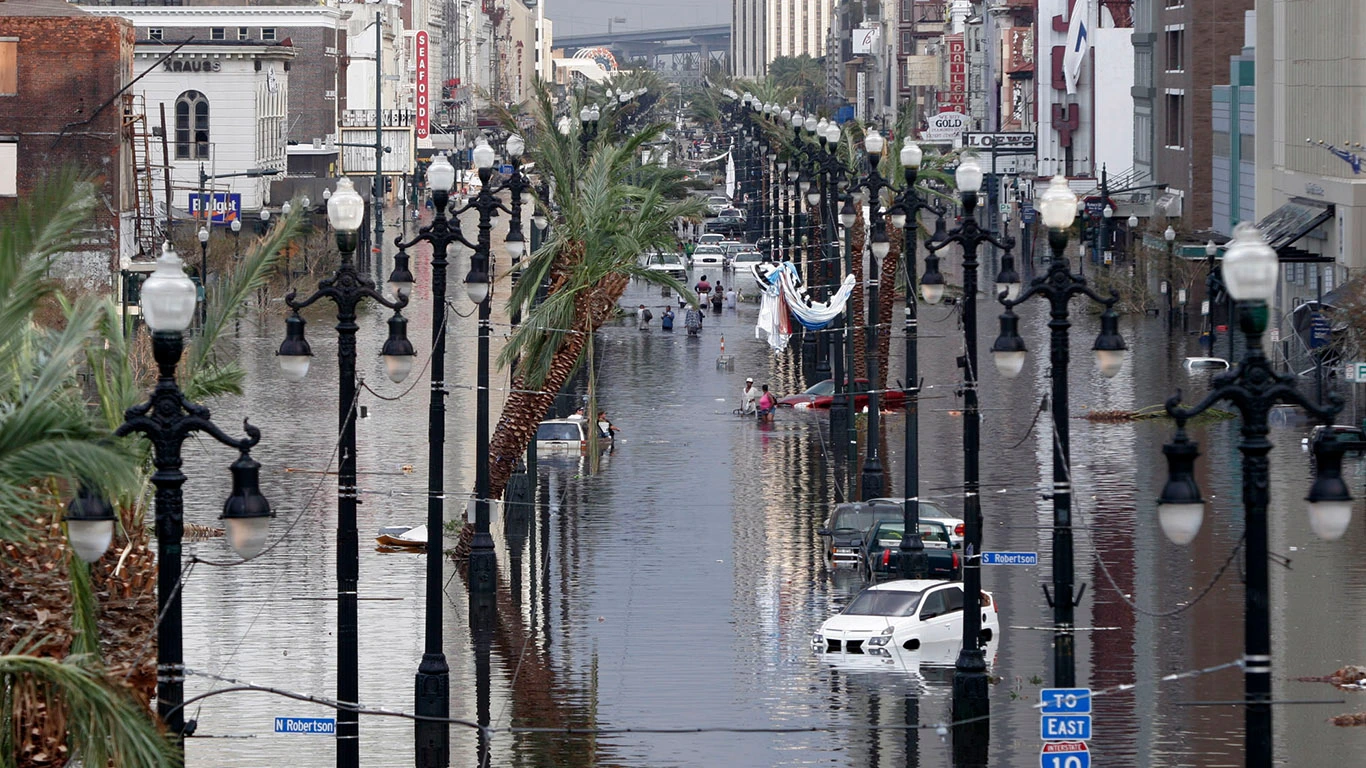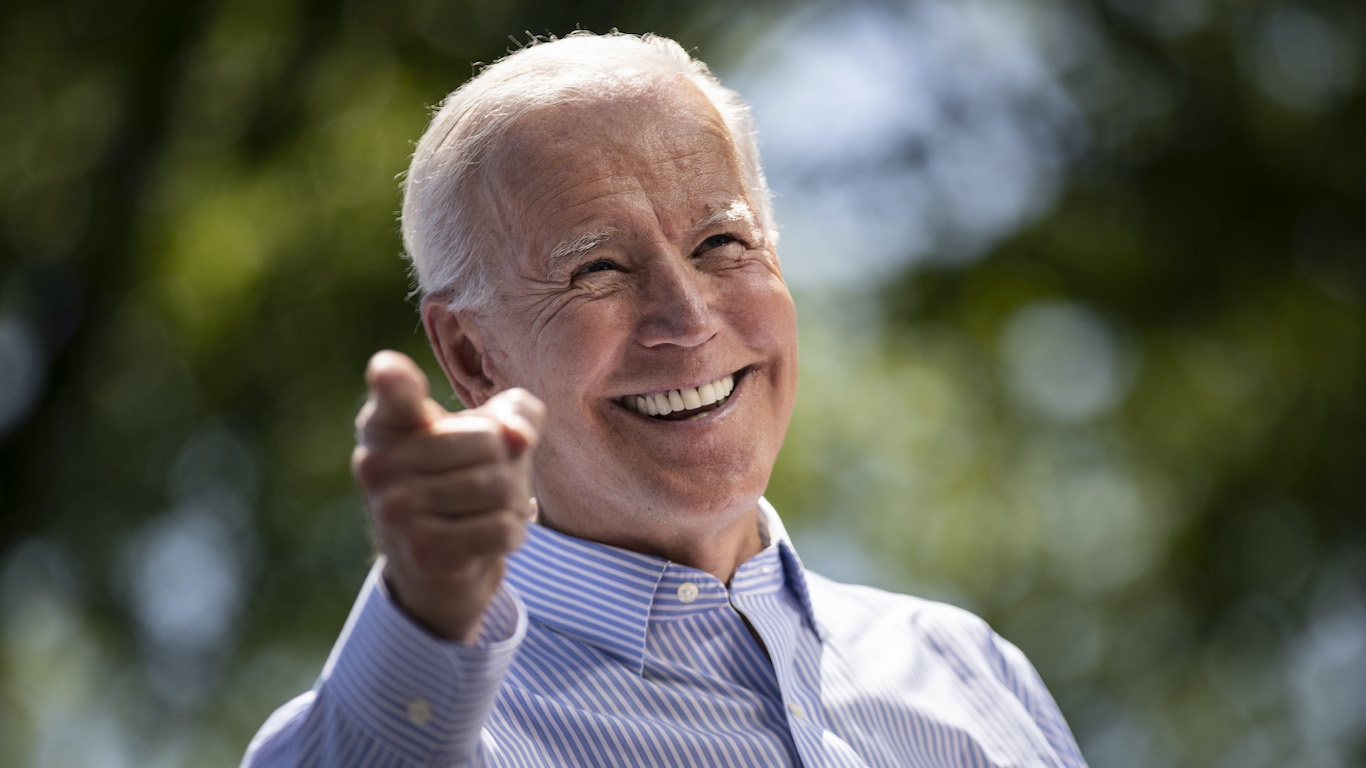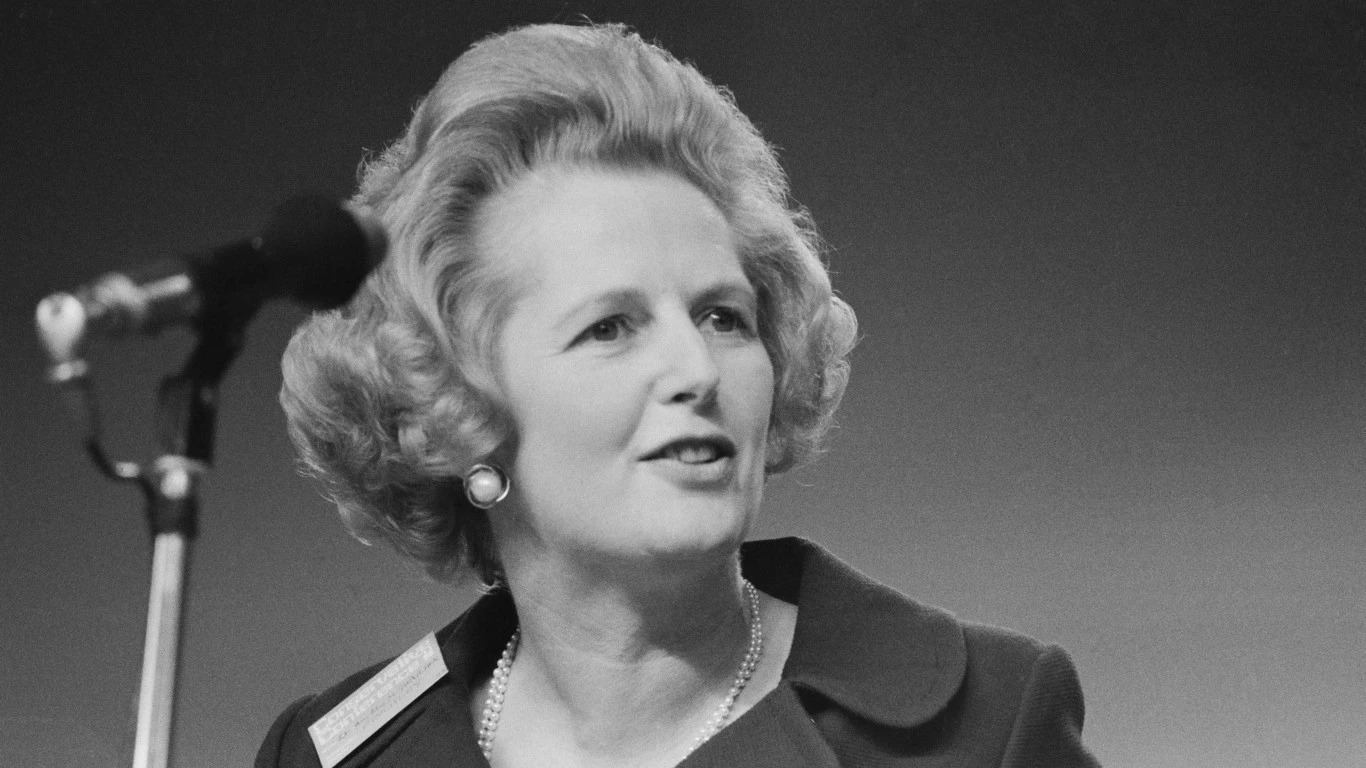(Justin Sharon is a longtime freelance writer. After working at Merrill Lynch for many years, he transitioned to financial journalism. Among other subjects, he also authors a monthly column about British soccer.)
NEW YORK (Callaway Climate Insights) — Sometimes, the stories with the greatest historical staying power are those initially exiled far from the front cover. So it was on Nov. 9, 1989, when The New York Times buried an item deep in section A17. The column was, moreover, the sole news article on that particular page, with the unfortunate Amazonian tree that was felled to produce it largely giving its life for an advertisement alerting readers to a 20% to 50% off sale at the Fifth Avenue flagship of Lord and Taylor.
That iconic Lord and Taylor location is long gone, along with every other brick and mortar outlet of a proud institution that once billed itself as “America’s oldest store.” The building was bought in 2017 for $850 million by WeWork Inc., of Adam Neumann infamy, whose shares have slid about 75% since its ill-fated initial public offering. Standing the test of time rather better than both companies, however, was the oratory that all-too-briefly briefly captured the Times’ attention.
“Thatcher Urges Pact on Climate” read the headline. Its opening paragraph set the tone: “Warning that global warming could cause devastating floods and food shortages in wide areas, Prime Minister Margaret Thatcher of Britain called on the United Nations today to complete by 1992 a treaty that would require action toward stabilizing the world’s climate.”
The Old Grey Lady actually felt compelled to explain to its readers exactly what the Iron Lady meant by “greenhouse gasses” when she warned the General Assembly of their dangers, so novel was the phrase. The speech’s impact didn’t linger long in our cultural conversation, though.
Perhaps because, in a twist of fate, 27 miles of Berlin concrete began crumbling on literally the very day the feature ran, quickly demoting Thatcher’s comments from the collective consciousness. (“Today’s news is tomorrow’s fish and chips paper.” as the Brits say).
And yet, only 24 hours before the unofficial end of the Cold War, Thatcher’s far-sighted environmental observations can arguably now be seen as the opening salvo in the coming conflict against a warming world. Margaret Hilda Thatcher, doyenne of the right, may seem an unlikely ESG trailblazer. Toward the end of her tenure at 10 Downing Street, however, she became the first world leader to openly warn of the accumulating dangers of climate change. In an era when talk of glasnost, rather than global warming (as it was then called) filled the air, Thatcher looks surprisingly clairvoyant on the issue.
Given Rishi Sunak’s recent flip-flop on attending COP27, which has taken him to the skies over Egypt only after a road-to-Damascus conversion, his predecessor’s prescience is worth revisiting. (Part of the generational cohort known as “Thatcher’s children,” Sunak was somewhat ironically born in the same year she gave her iconic “U-turn if you want to” speech).
To recap for younger readers: Thatcher was the United Kingdom’s woman for all seasons. She rose to power after the country’s “Winter of Discontent” in 1979 and was ousted three months after the long hot summer of 1990.
Interestingly, in a harbinger of coming heatwaves, August 1990 still supplies two spots on Britain’s list of all-time top 10 highest temperatures.
What Winston Churchill once said of a contemporary at the beginning of the 20th century applies equally well to the figure who led the Conservative Party at the end of it. Namely, by setting the political agenda, she “Made the weather.”
As the first — and still only — prime minister with a science degree, Thatcher certainly prided herself on being studiously well-informed about meteorological matters. This, even as her ideological soul mate in the White House was causing a stir for seeming to imply that trees caused acid rain.
(To be fair, the ‘80s were an altogether less enlightened age, as I still vividly recall from a teenage trip to New York’s Metropolitan Museum. No sooner had we shot a family photograph featuring the Temple of Dendur in the distant background than a hyperventilating security guard confiscated our camera, adamant that the flash would do irreparable damage. He relented only after my Cairo-born father politely pointed out that, having emerged unscathed from exposure to the baking hot Egyptian sun for 2,000 years, the structure would likely survive a split second’s illumination from our circa 1984 Kodak Instamatic).
Against this backdrop, and at a time when terms such as the “ozone layer” had only tentatively entered the lexicon, Thatcher gave a series of groundbreaking speeches addressing the emerging issue of climate change. The first, in September 1988, was delivered to Britain’s national academy of sciences. In it, she warned The Royal Society that “a warming effect of one degree Celsius per decade would greatly exceed the capacity of our natural habitat to cope. Such warming could cause accelerated melting of glacial ice and a consequent increase in the sea level of several feet over the next century.”
Alas, posterity has rather relegated this speech to the back burner also, deeming it not even the most consequential address she gave that month. (A distinction generally reserved for her presentation in Bruges, Belgium one week earlier, which set Britain on the long road to Brexit with its zinger that “We have not successfully rolled back the frontiers of the state in Britain, only to see them re-imposed at a European level with a European superstate exercising a new dominance from Brussels.”)
Two weeks later, at the annual Tory Party conference, she again alluded to the dangers of “a kind of global heat-trap and its consequences for our climate.” At that aforementioned UN meeting the following year, Thatcher declared “What we are now doing to the world … is new in the experience of the Earth. It is mankind and his activities that are changing the environment of our planet in damaging and dangerous ways.” She added that “The problem of global climate change is one that affects us all and action will only be effective if it is taken at the international level.”
Fast forward 12 months, in her final days as prime minister, Thatcher told assembled delegates at the Second World Climate Conference in Geneva that “the threat to our world comes not only from tyrants and their tanks. It can be more insidious though less visible. The danger of global warming is as yet unseen, but real enough for us to make changes and sacrifices, so that we do not live at the expense of future generations.”
Beyond speechifying, Britain’s first woman prime minister also convened a Downing Street seminar on global warming in April 1989, attended by eight cabinet members and several prominent experts. And she was instrumental in opening the Met Office Hadley Centre for Climate Prediction and Research in the spring of 1990.
To be sure, her climate record wasn’t perfect, and critics contend that Thatcher’s interest in the subject waned after leaving office. Yet with the planet warming at a 33% faster clip in the past decade than during the 1990s, when she resigned, Thatcher’s warnings from yesteryear carry renewed resonance.
Jonathon Porritt, director of environmental organization Friends of the Earth during the Thatcher era, may seem an odd ally. Nonetheless, even he said that “Before Mrs. Thatcher started to talk about the ozone layer and climate change, lots of people said: ‘These green issues are just for tree-hugging weirdos. But if Mrs. Thatcher’s saying something like that — there must be something in it’.”
Seen in the context of her times, the lady who eschewed U-turns was remarkably ahead of the curve.
By David Callaway












